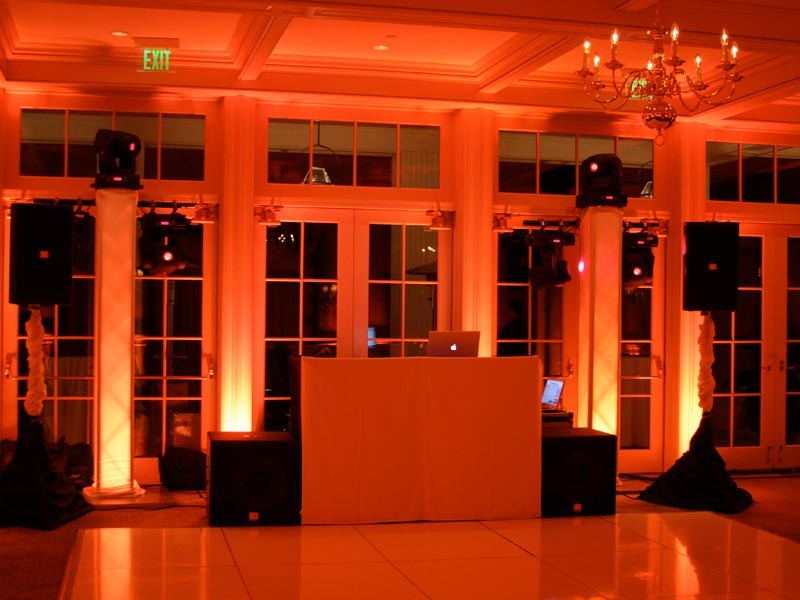Illuminating the Impact of Lighting Methods on the Art of Film Projections Mapping
Illuminating the Impact of Lighting Methods on the Art of Film Projections Mapping
Blog Article
Video projection mapping is an innovative art medium that combines tech and creativity to convert ordinary spaces into extraordinary sight exhibits. This technique involves casting images and footage onto three-dimensional elements, such as buildings, artworks, or platforms. One of the most crucial factors in producing successful projection is the use of efficient lighting techniques. Proper illumination improves the visual elements of the display and ensures that the visuals are clear and captivating. This article examines the impact of illumination techniques on motion mapping and how they can elevate the complete experience.
Lighting plays a crucial role in motion mapping because it establishes the atmosphere and tone of the display. Different illumination methods can evoke various emotions and reactions from the audience. For instance, using soft, cozy lights can create a welcoming atmosphere, while bright, cold lights may create a more dynamic or intense impact. By thoughtfully choosing light colors and brightness, creators can influence how audience interpret the displayed visuals, leading to a more engaging encounter. The equilibrium between mapping luminance and surrounding illumination is essential, as it can greatly impact the clarity and effect of the images.
In addition to, hue and brightness, the angle of illumination also affects the efficacy of mapping. Illumination from different directions can generate shadows and highlights that add depth to the projected images. This technique, known as chiaroscuro, can enhance the 3D quality of the subjects being projected. Additionally, using dynamic illumination can introduce energy to the exhibit, video projection for exhibitions making the encounter more involving for the viewers. When the illumination collides with the projected visuals, it can create an illusion of movement and transformation, capturing the viewers' attention.
Another important element of illumination in mapping is the use of special features. Methods such as patterned illumination, which employs patterns and shapes to filter light, can introduce depth and intricacy to the mapping. This approach enables creators to layer images and create aesthetically captivating results that complement event design with video elements the mapping. Additionally, incorporating lasers or light-emitting diode illumination can additionally enhance the display, offering a unique blend of sight components that attract the viewers in. These unique features, when used carefully, can transform the mapping beyond a simple display to an engaging piece of creativity.
In summary, the impact of lighting techniques on motion mapping is significant. By understanding how different lighting components connect with mapped images, artists can create enthralling encounters that connect with viewers. The careful choosing of hue, brightness, direction, and unique effects allows for a rich canvas of sight narrative. As technology continues to grow, the options for artistic expression in projection will only grow, making illumination an increasingly vital aspect in this innovative art medium.